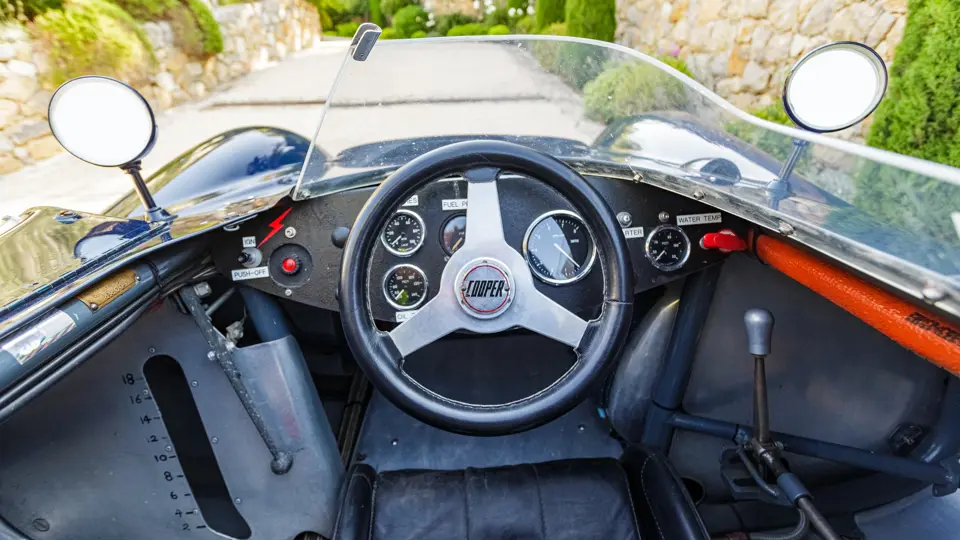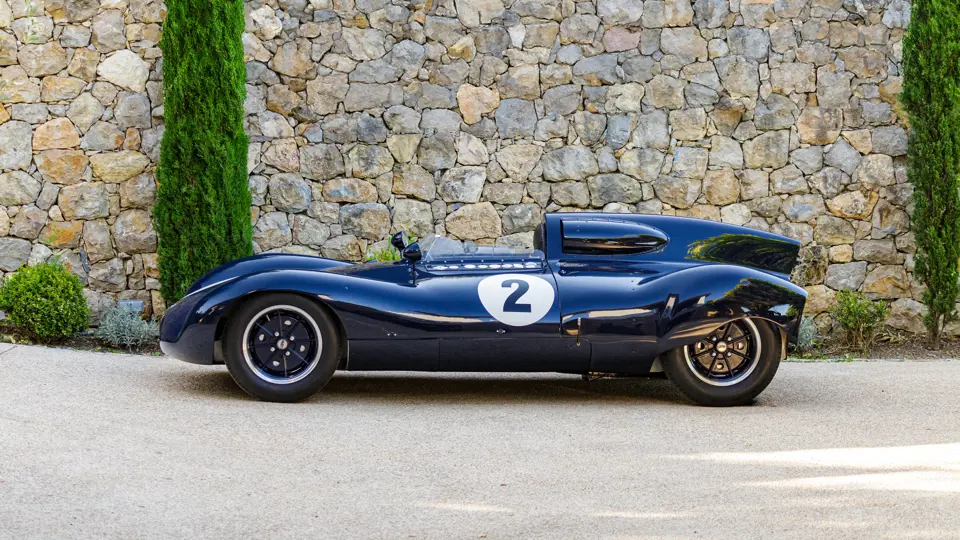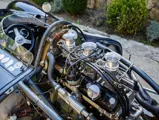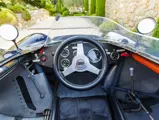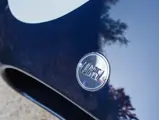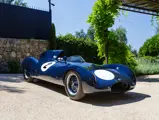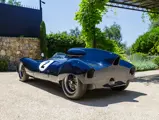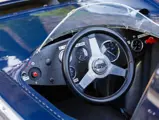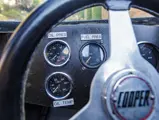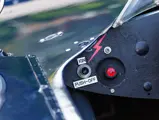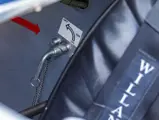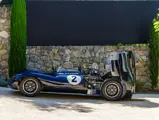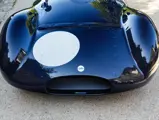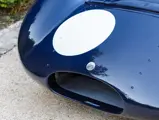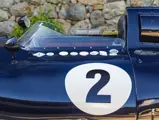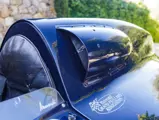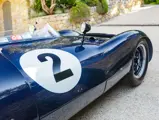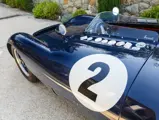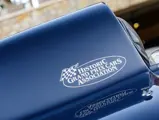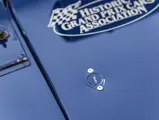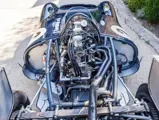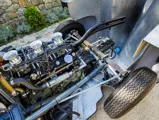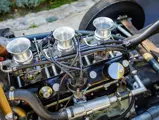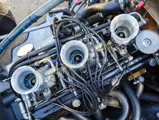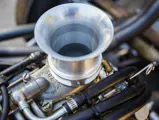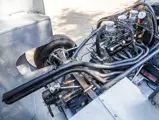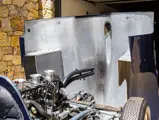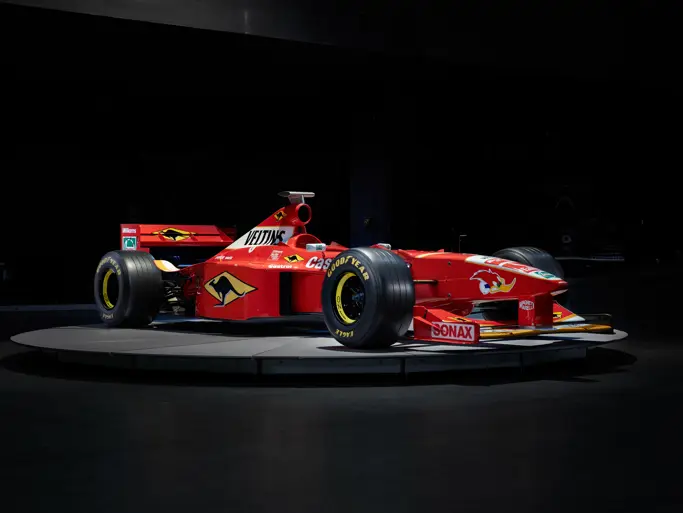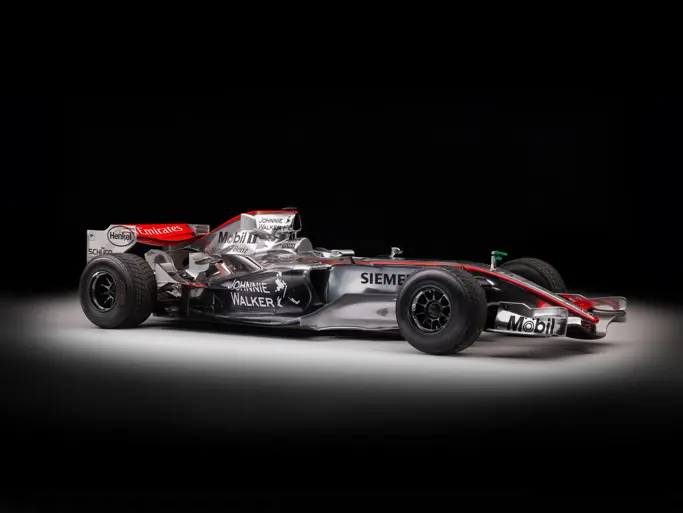
1955 Cooper-Bristol T40
{{lr.item.text}}
€350,000 EUR | Asking
{{bidding.lot.reserveStatusFormatted}}
- The first Formula 1 car driven by Jack Brabham
- The first rear-engined Formula 1 car
- Previously owned by Kerry Manolas and Thomas Bscher
- Over €19,000 in mechanical refurbishment to engine and braking systems in 2023
- Accompanied by an FIA Historic Technical Passport, expires June 2025
- Highly eligible for a variety of historic racing events
Playing a significant role in the career of three-time Formula 1 World Champion Jack Brabham, this Cooper-Bristol T40 was not only the first Formula 1 car to be driven by Brabham, but it was also the first Formula 1 car to boast a rear-engined layout. The T40 married Cooper’s T39 chassis, with its wheelbase lengthened by 50 mm, to a Bristol 2.0-litre, six-cylinder engine, and Brabham would further develop the car for his use in Formula 1.
This T40’s debut would come at the 1955 British Grand Prix at Aintree, but sadly did not reflect the efforts put in by Brabham and his team to make the car successful. Qualifying in 25th position, some 27 seconds behind Stirling Moss on pole, Brabham spent the majority of the race in last place before dropping out one-third of the way through the race with an overheating engine. His mechanics were forced to push him at the start of the race, with the car having difficulties getting off the line due to a damaged clutch and a gearbox with first gear removed in order to fit both gearbox and engine in the chassis. That would be the only Formula 1 race the T40 took part in, but the car’s impact on the sport would be long lasting, as the T40 was but the start of Formula 1’s rear-engined future.
Brabham continued to race the T40 at events outside the Formula 1 World Championship, memorably finishing 4th at an event in Snetterton following a lengthy duel with Stirling Moss. Brabham recalled their race in his autobiography When the Flag Drops: “The specialized press spoke of a battle of champions, and it was certainly an important step in my career. Without that race, I would definitely have gone back to Australia…The car behaved wonderfully.” Brabham eventually did decide to return to Australia and New Zealand and the car raced at Orange, Ardmore, and Port Wakefield, with its most notable appearance being a victory at the 1955 Formula Libre Australian Grand Prix (an event which at that time did not count for the world championship).
Brabham sold the Cooper-Bristol to Reg Smith in 1956, to finance his family’s move back to Europe, which really saw his career take off, culminating in three Formula 1 world championships which included 123 races and fourteen victories. It next passed through Max Stephens before being purchased by Alan Robertson in 1964. In Robertson’s care, the car was rebuilt to resemble a sports-prototype, however, it would not remain in this configuration for long. The car’s next owner, Frank Cengia, restored it to its original configuration, which it still appears today.
Passing through the hands of the late Australian collector Kerry Manolas, the Cooper-Bristol returned to Europe in the ownership of Peter Hannenen, seeing it return to the UK. Thomas Bscher purchased the car in 1992, prior to him becoming President of Bugatti under Volkswagen’s ownership and championing the efforts to see the McLaren F1 compete at the 24 Hours of Le Mans. Wulf Goetze would be the next owner, and entered it in a handful of historic racing events, including the Spa Summer Classic in 2009, the 2012 Monaco Historic Grand Prix, and the 2013 Goodwood Revival.
The Cooper-Bristol returned to the Monaco Historic Grand Prix in 2014, shortly after it was purchased by the consignor, and has competed in several events within Peter Auto’s series, The Greatest Trophy. Most recently, the car was sent to Intermat Developpement in Mougins, France for a full engine rebuild and rebuild of the braking system, including new drums. Importantly, it is accompanied by a valid FIA Historic Technical Passport, which expires in June 2025.
A proven entry in highly desirable events like the Goodwood Revival and Monaco Historic Grand Prix, this is a historically significant automobile that can be appreciated for its place in Formula 1 both on and off the racetrack.



This site is protected by reCAPTCHA and the Google Privacy Policy and Terms of Service apply.

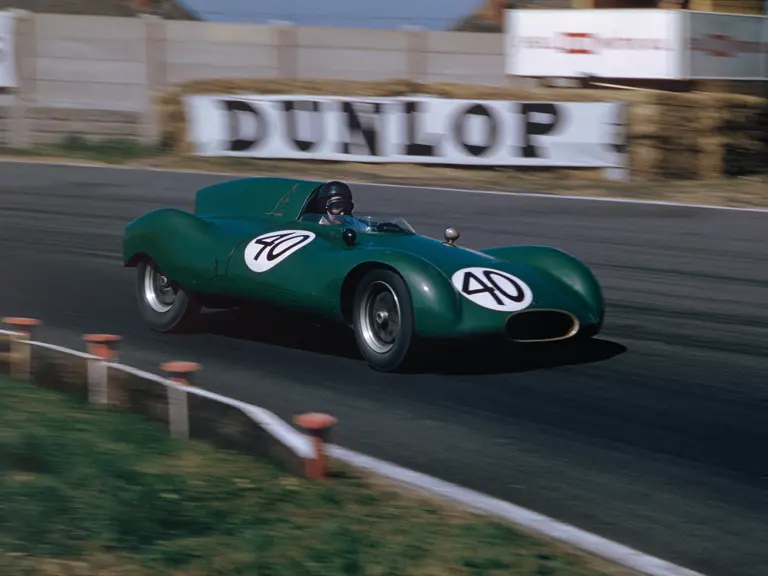
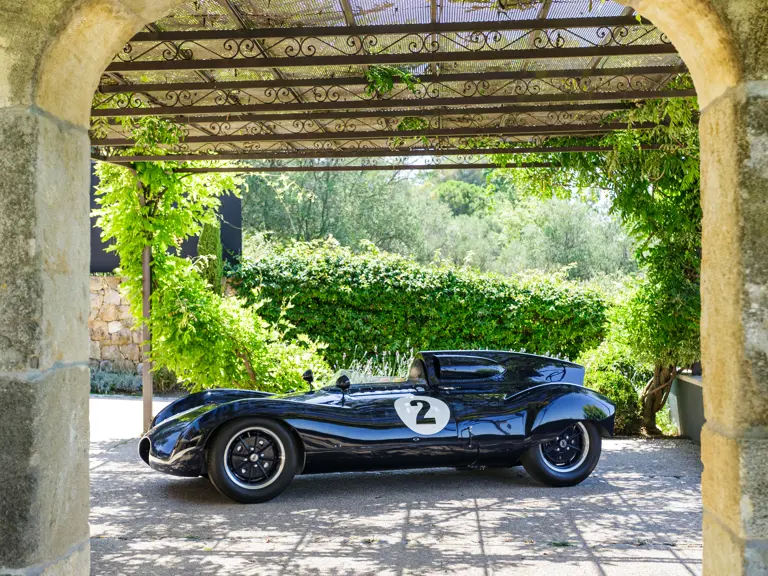

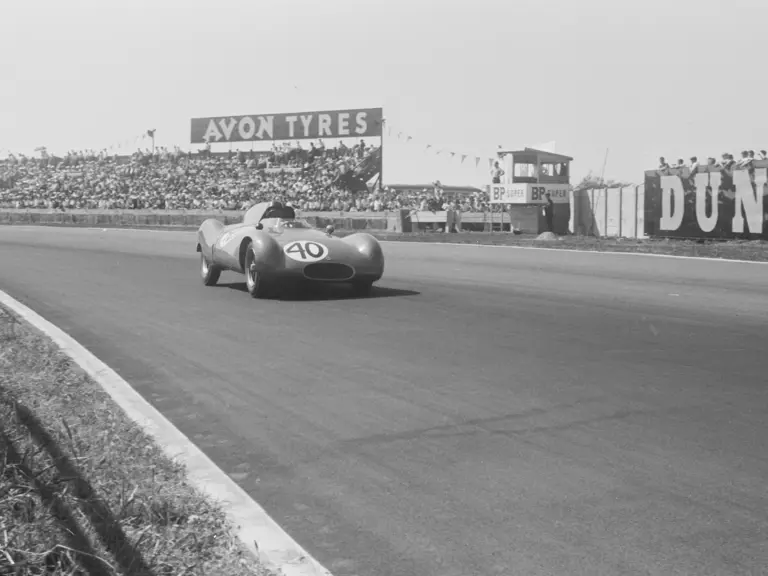




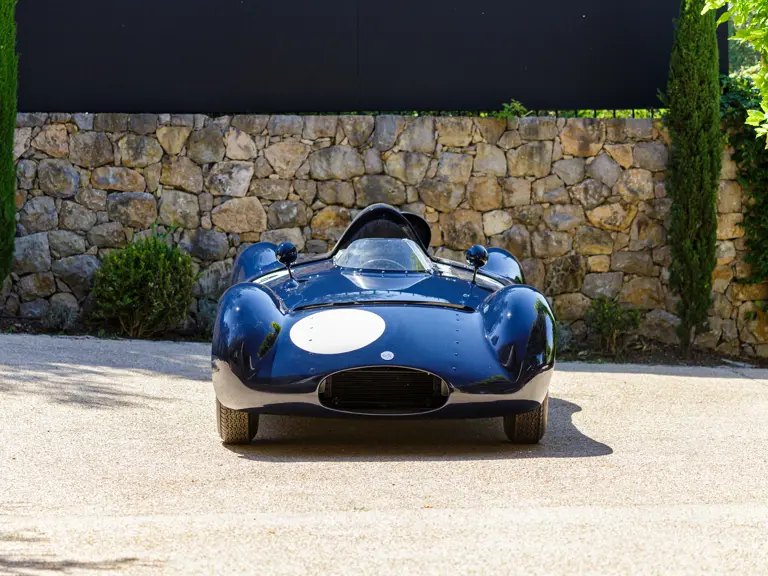
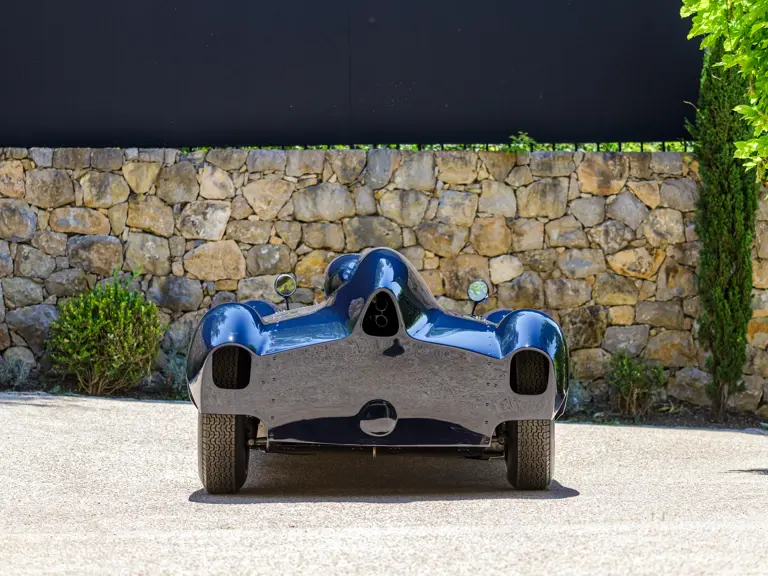



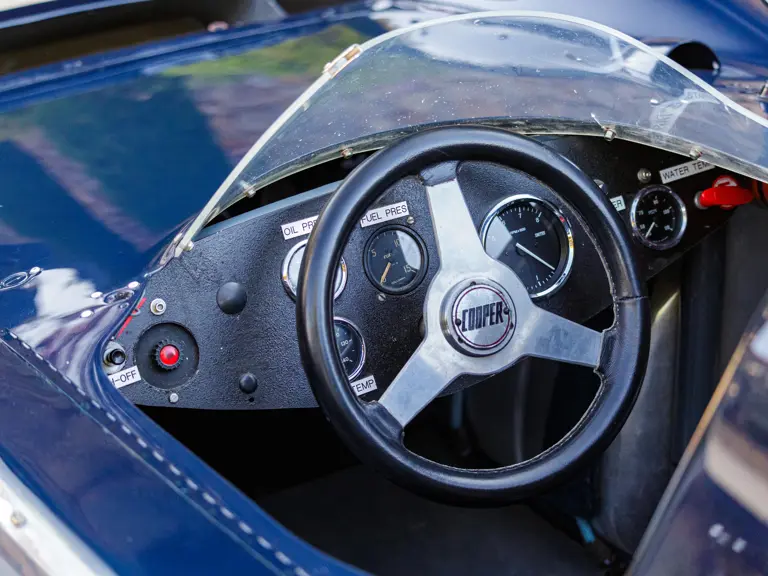





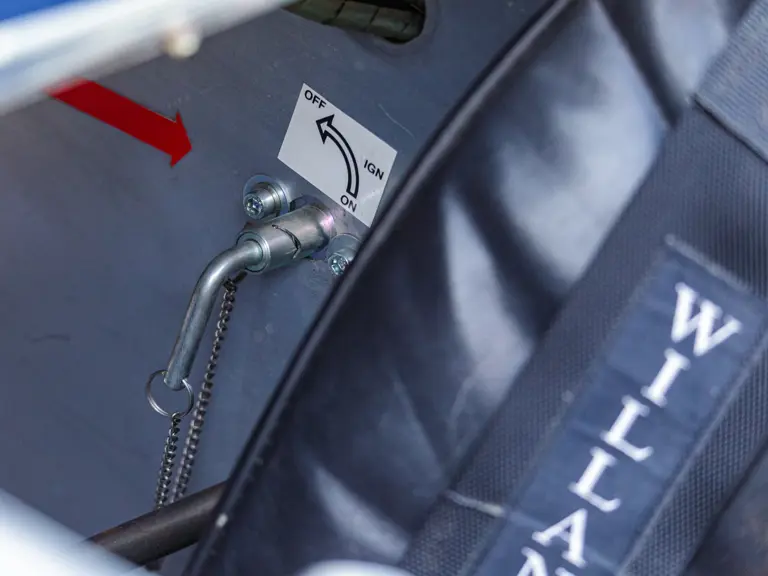



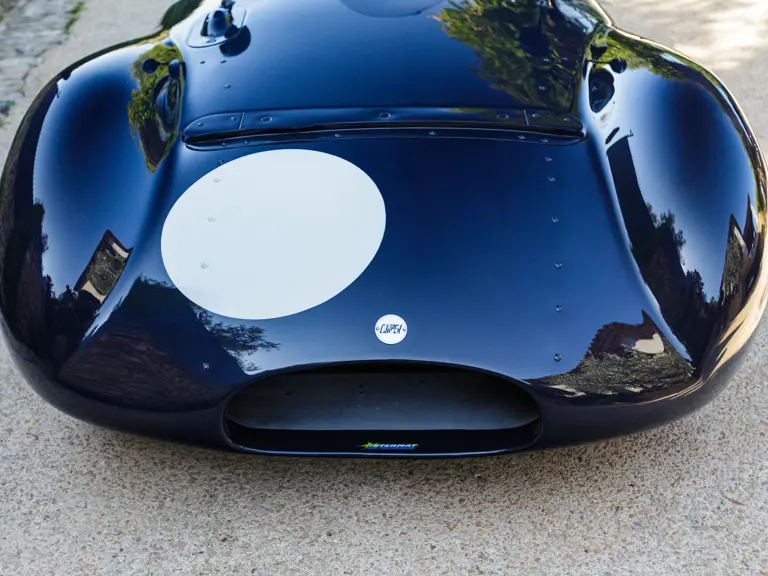

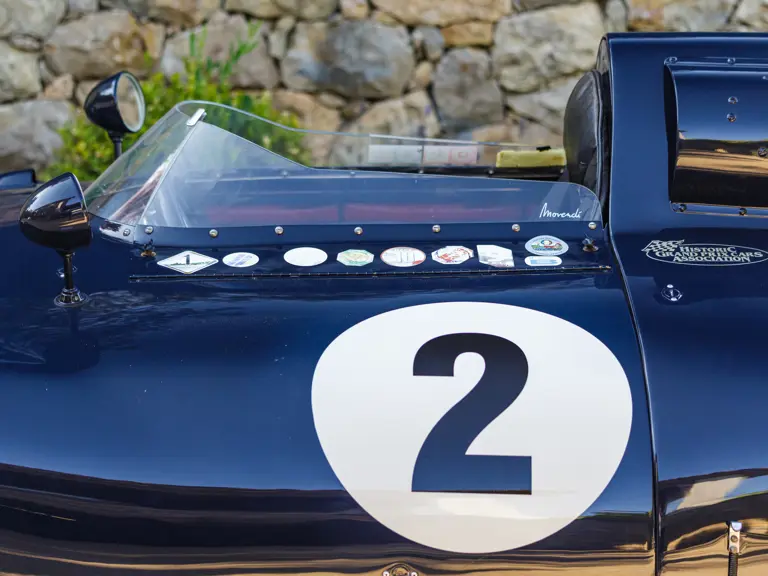





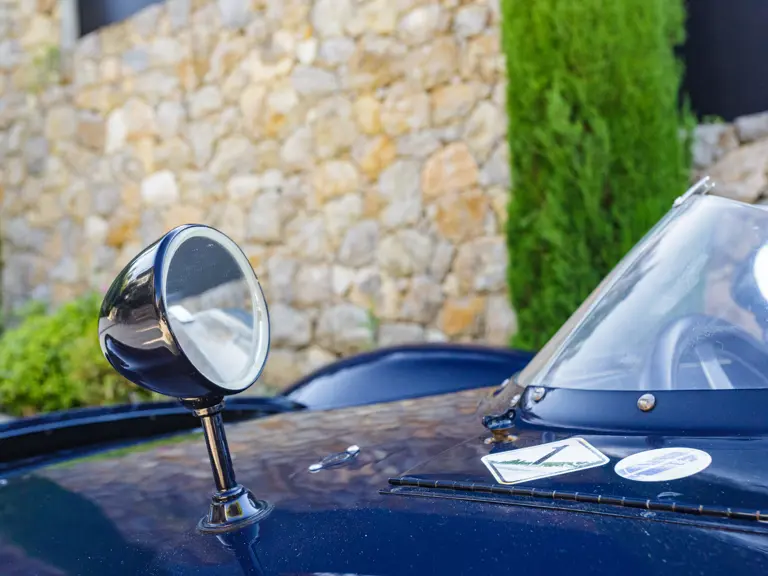





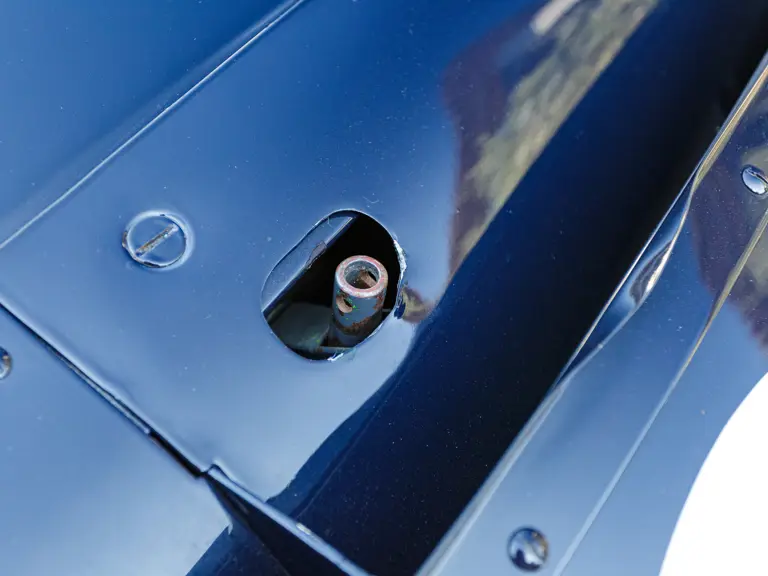



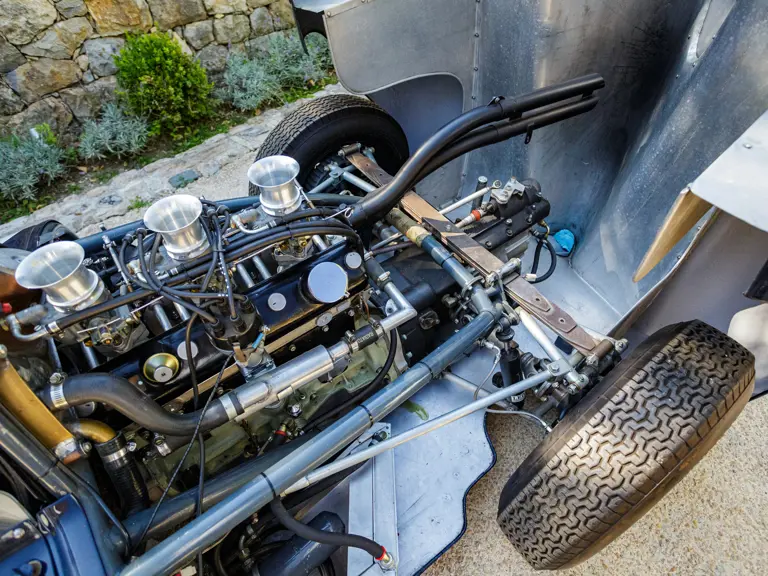

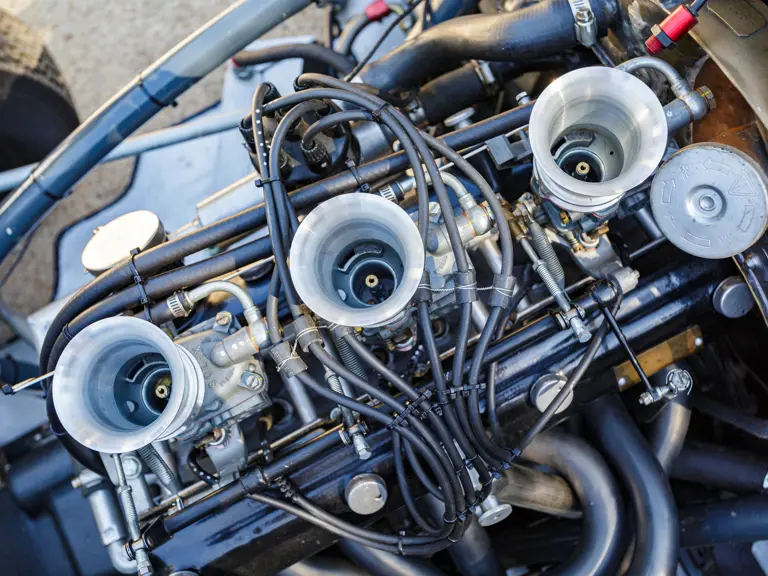
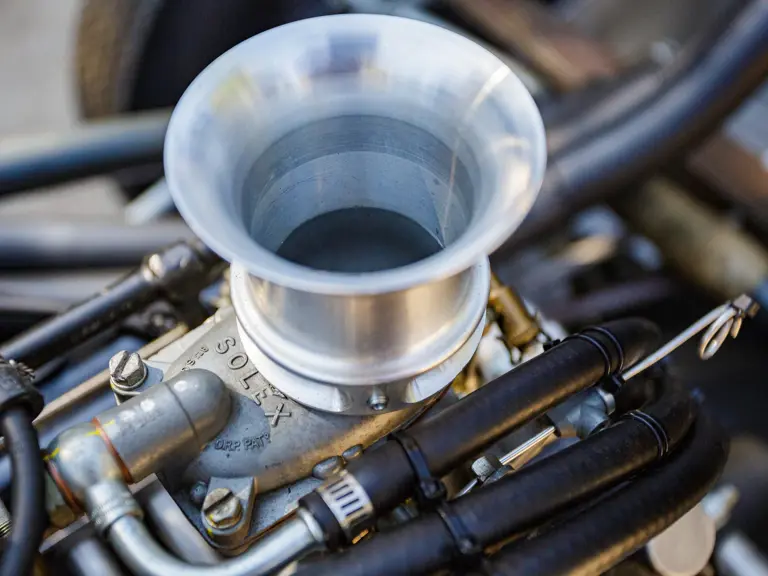
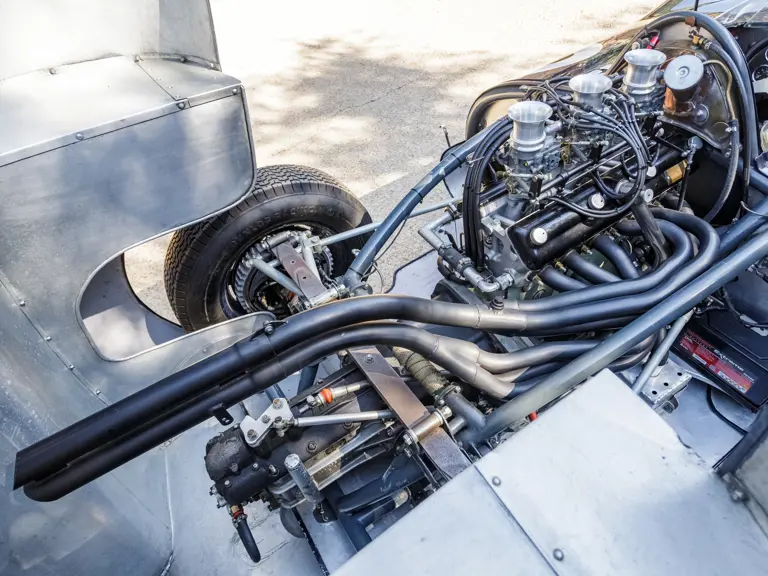

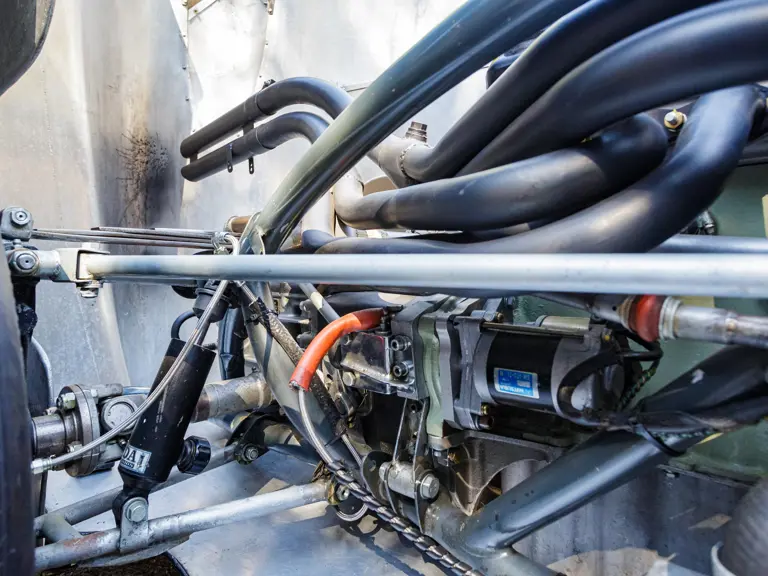

 | Paris, France
| Paris, France

